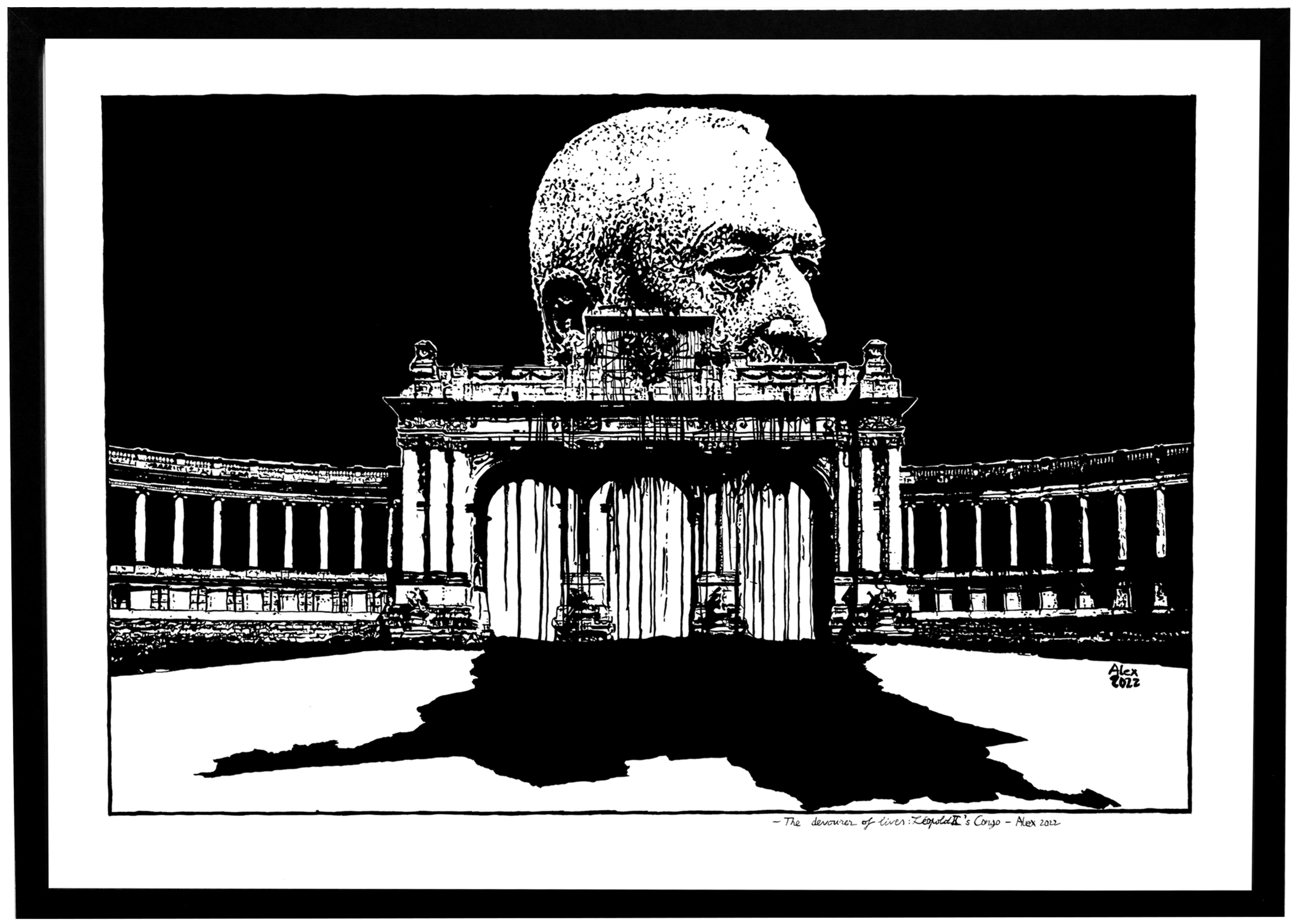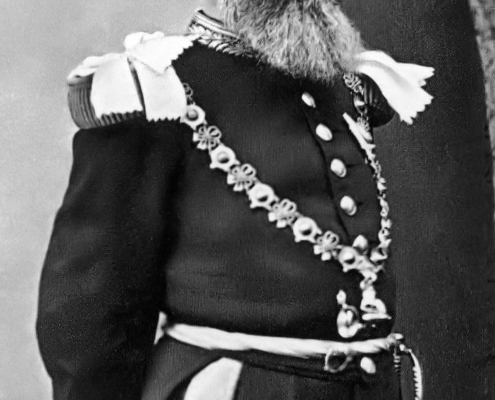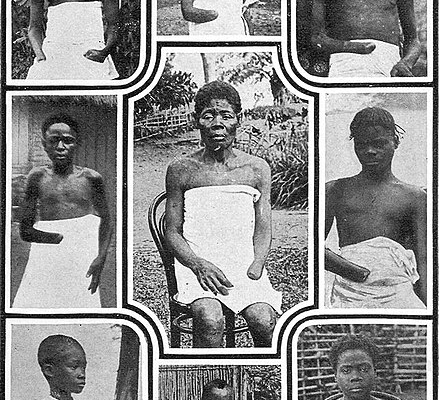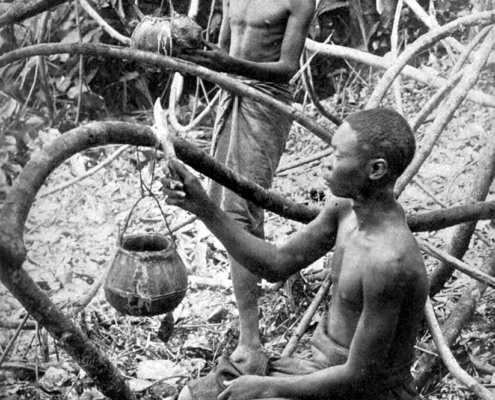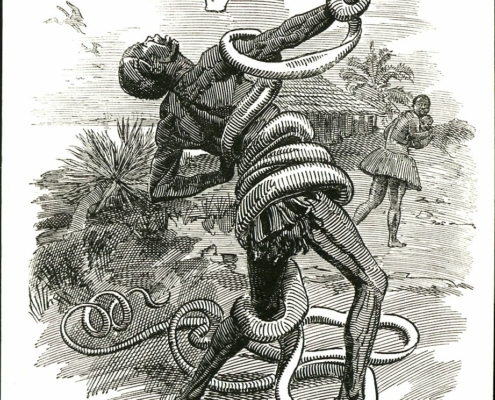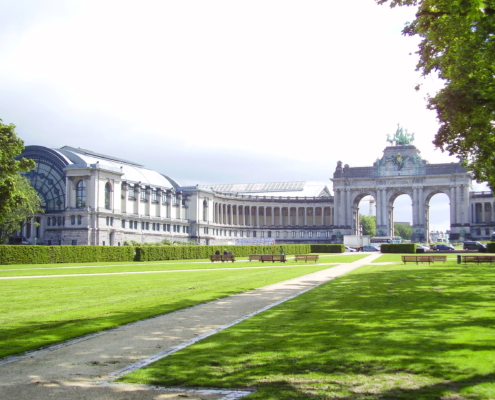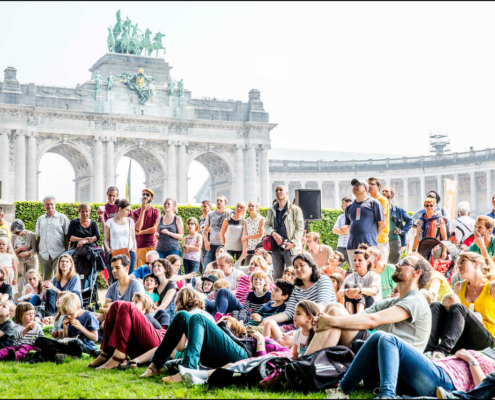“The devourer of lives: Leopold II’s Congo”, Alexandre Mitchell, 2022
(Canson, 180g, 42 x 59cm, Indian ink)
The term genocide has a very specific scope: the Genocide Convention unanimously approved on December 9, 1948 by the United Nations General Assembly (UNGA) defines it as ‘an intentional effort aimed at the total or partial destruction of a group on the basis of its nationality, ethnicity, race or religion’.
In contrast to the genocide of the Armenians under the Ottoman Empire, of the Jews under the Third Reich or of the Tutsis in Rwanda, we cannot speak of genocide in the Congo. And this despite the fact that several million men, women and children were systematically brutalised, enslaved and killed in the exploitation of ivory and then rubber. This was King Leopold II’s new Congo Free State, which he personally owned and of which he was absolute master between 1885 and 1908.
He is known as the ‘Builder King’, because of his vast urban development projects throughout Belgium, many of which were financed by the immense wealth he had accumulated through the sweat and blood of the inhabitants of the Congo Basin.
The Cinquantenaire site (the monumental arch, the park and other buildings) was part of an ambitious urban planning project led by the King, who wanted to beautify Brussels and bring it up to the level of other European capitals. In the drawing, blood flows down the monument and into a slightly distorted map of the Belgian Congo.
Today, we must resolutely oppose the rampant ‘cancel culture’ in the media and the removal of sculptures from public spaces in the name of pseudo-ethics, including statues of King Leopold II. This runs counter to everything that archaeologists and historians stand for, as well as common sense. What we should be doing is re-contextualising these historical markers, with explanations and possibly new notices, otherwise we will never learn from history.
Further reading
- Hochschild, A., King Leopold’s Ghost, Pan, 1999.
- Stanard, M. G., Selling the Congo: A history of European pro-empire propaganda and the making of Belgian imperialism, U of Nebraska Press, 2012.
- Vandersmissen, J., ‘The king’s most eloquent campaigner… Emile de Laveleye, Leopold II and the creation of the Congo Free State’, in: Belgisch tijdschrift voor nieuwste geschiedenis, 2011, blz. 7-57.
- Vanthemsche, G., Belgium and the Congo, 1885-1980. Cambridge University Press, 2012.
Resources

